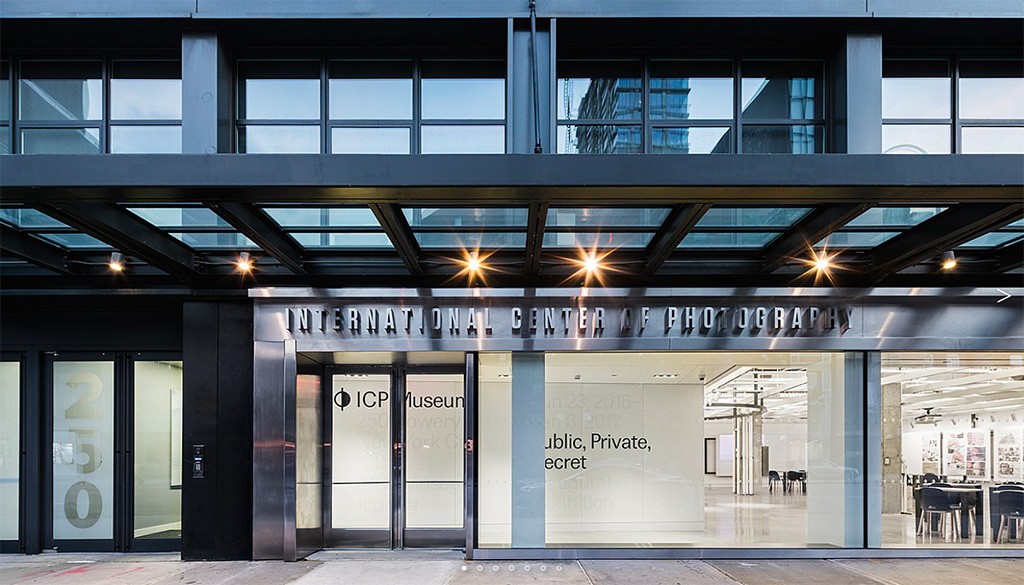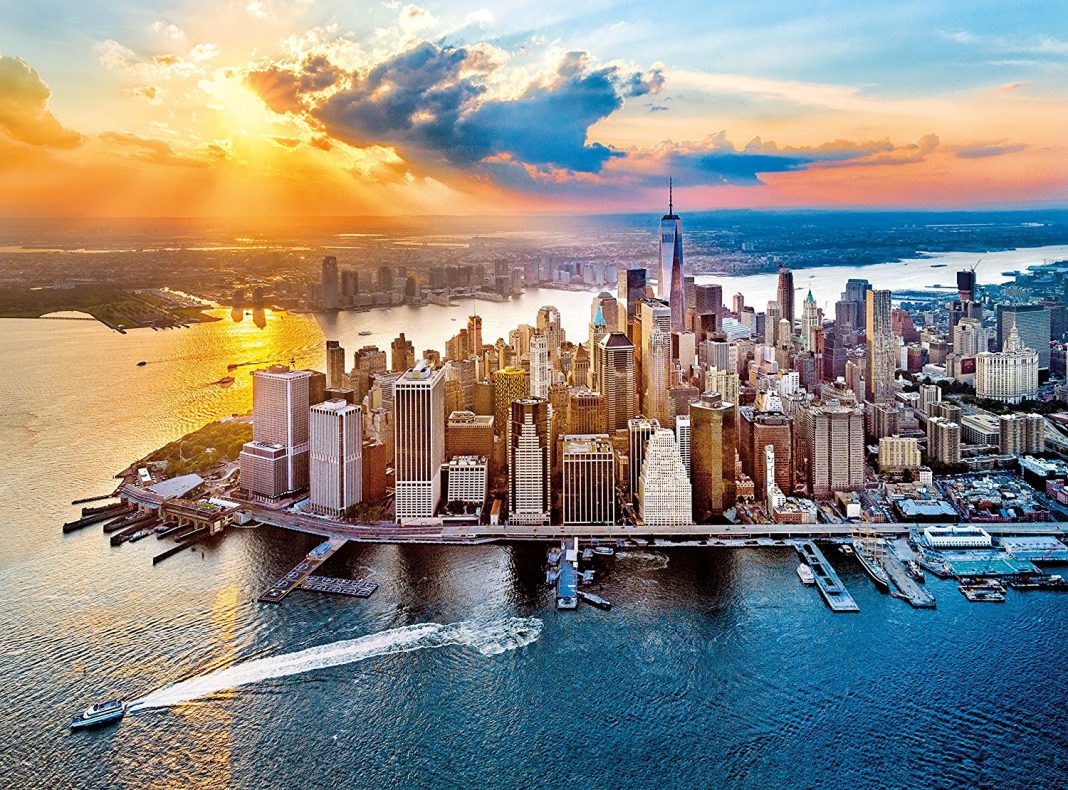New York – is not just a city. The world center, which houses the best and most visited museums in the world and itself is very similar to a museum. However, not all visitors know that in the evening the doors of museums are not always closed. Museums live their amazing life and offer New Yorkers to listen to live music, meet the best DJs, or try a new cool cocktail.
Eternally noisy New York City by the number of world-famous sights simply stirs the imagination. Only this every year pushes millions of travelers to visit the city.
Fridays at MET
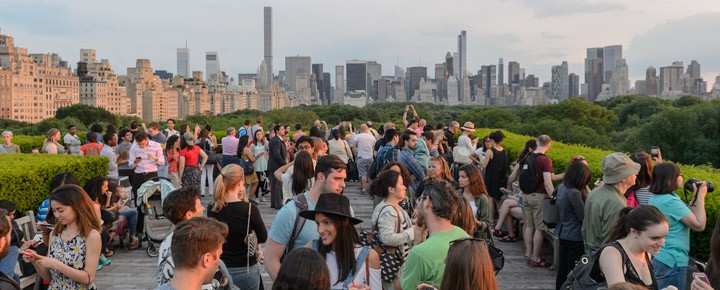
Cult Museum on Fifth Avenue, as well as MET Breuer, delights its visitors. After the next working day, do not miss your chance to get acquainted with the cult place closer. From 7:30 all the most interesting things begin! Concerts, excursions, discussions and tastings – all this and much more you can try already this season. The cost of attending evening events at MET has never differed from the standard entrance tariff.
Evenings at the Whitney Museum of American Art
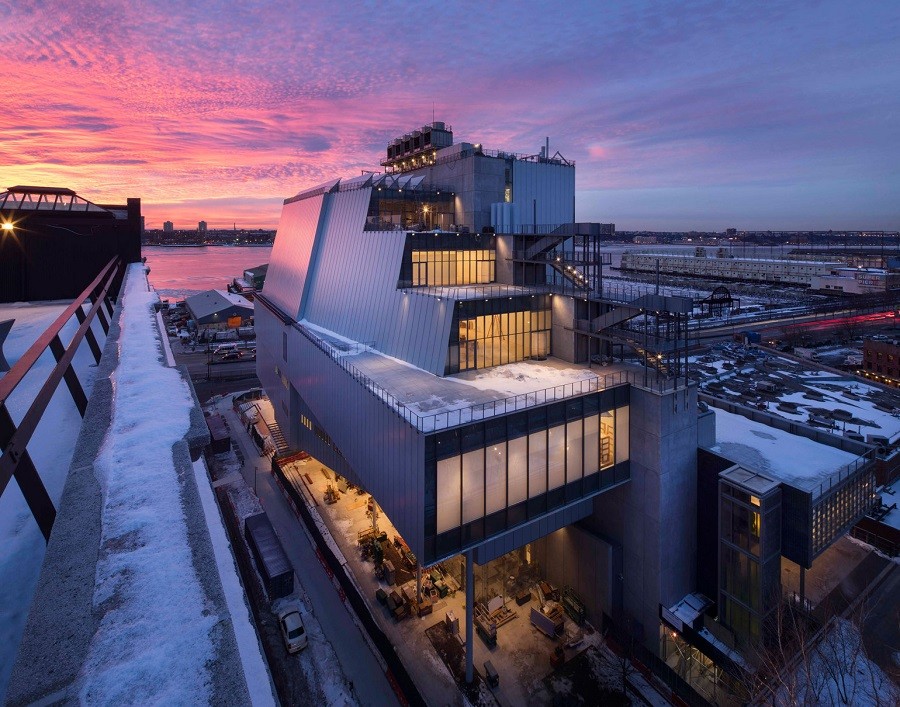
Every Friday and Saturday this big and stunning museum works till 10 pm. One of the most beloved events for visitors has always been the famous Friday “pay as you wish”, where you can help the museum to make the future of New York more colorful. And now, on hot summer evenings, the museum never ceases to amaze everyone and presents a busy calendar of evening events, where there is a place for free tours, film screenings, and discussions. More information about the program of evening events can be found on the museum’s website.
First Saturday at the Brooklyn Museum
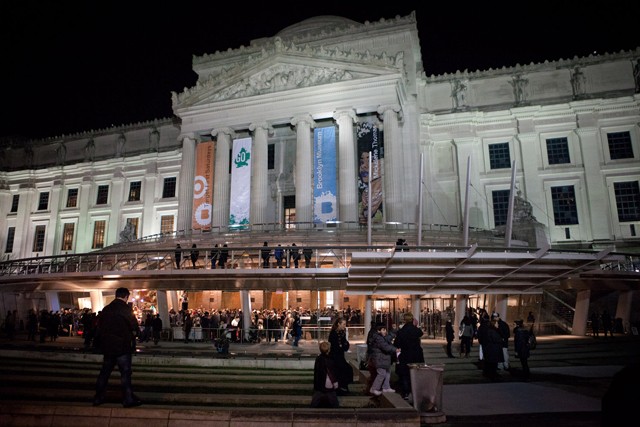
One of Brooklyn Museum’s most favorite actions is its famous “first Saturdays”. Every month the museum meets joyfully and inspiringly, inviting visitors and guests to get acquainted with the extensive heritage of the museum. The monthly program offers visitors not only free entrance to the museum but also dancing talks and film screenings. The fun starts every first Saturday of the month at 5 pm.
MoMA PS1 Parties
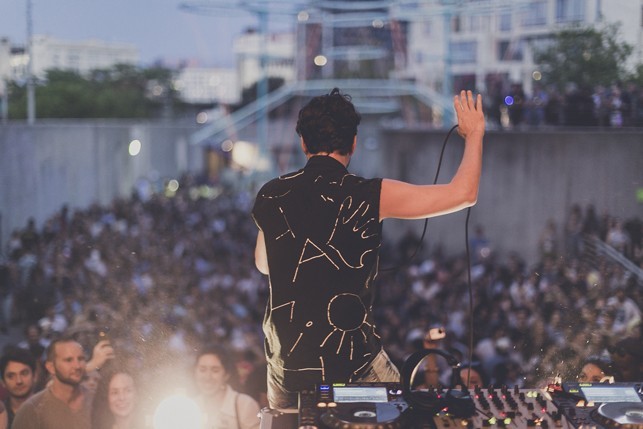
MoMA PS 1 is an annual event held by the Museum of Modern Art to introduce New Yorkers and its guests to new musical trends as well as new developments in the art world. For the first time, the Warm Up campaign was held in 1998 and then the world-famous DJs were the musical guests of PS 1. Today the format itself has undergone certain changes and slightly changed the format, but this is not a reason to think that in the playlist of the action you will not see a popular DJ or electronic musician. Every year, within the MoMA PS 1 Warm-Up, a unique team of performers, artists and audio artists is formed, which again and again immerse listeners and guests of summer New York into a completely stunning world of music, sound and mood.
Metropolitan Museum
The Grand Museum, one of the most visited museums in the world, is located on 5th Avenue and is part of the so-called Museum Mile. Its foundation almost one hundred and fifty years ago was formed by three private collections of European paintings. Since then, the museum’s collection has grown significantly (now it has about two million exhibits) and expanded thematically: there are collections devoted to Ancient Egypt, ancient and African art, weapons and armor of different countries and epochs, paintings of the Impressionists, and Post-Impressionists, as well as the Institute of Costume with its annual Met Gala ball, which gathers stars from the world of fashion, film, art, and music. Based on the wide range of works of art in the permanent exhibition, temporary exhibitions are also quite diverse, from projects related to ancient civilizations to contemporary art, photography, and fashion.
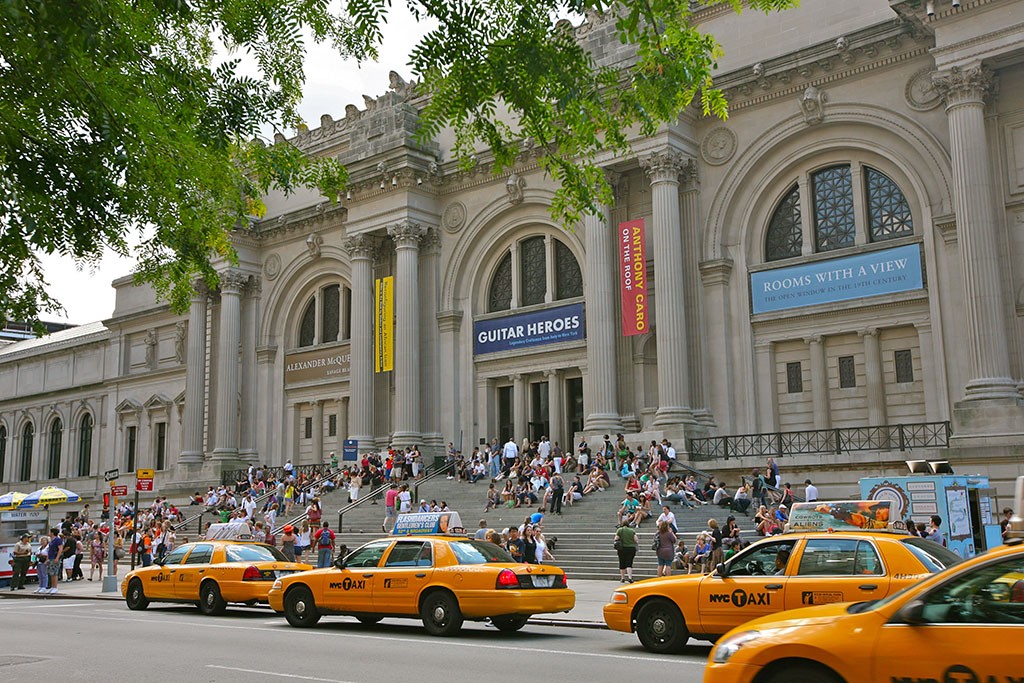
MOMA Museum of Modern Art
and the MoMA PS1 branch
Another star of the Manhattan Museum Mile is the MoMA Museum of Modern Art, founded in the 1920s with the help of the Rockefellers family. Among the first additions to the collection were Edward Hopper’s “House by the Railway” and a bronze version of Konstantin Brancusi’s “Birds in Space. Now the museum has one of the world’s largest art collections of the 20th century, which is being actively replenished even nowadays. Thus, here you can see the Russian avant-garde, works in the style of minimalism, pop art, abstract expressionism, digital and many other styles and trends in world art.
In the area of Queens is a museum division of MoMA PS1 – a platform for progressive experimental art, working since 1971.
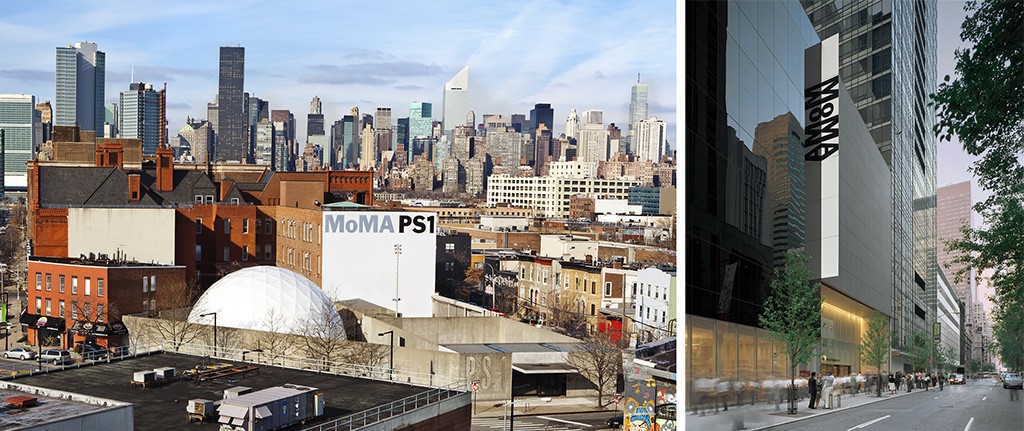
Photo: Elk Studios, 2012
Neue Galerie
The private museum was founded by entrepreneur and philanthropist Ronald Lauder in memory of his friend, art dealer Serge Sabarsky, who shared his passion for German and Austrian art and design in the 1890s-1940s.
Neue Galerie is located in a cozy mansion at the intersection of 86th Street and 5th Avenue, where the taste of its organizer can be clearly seen: on the first floor there are works by Gustav Klimt, Egon Schiele, and Oskar Kokoschka, and on the first floor there are works by Wassily Kandinsky, Paul Klee, Ernst Ludwig Kirchner, and Otto Dix.
Crème de la crème collection – “Portrait of Adelie Bloch-Bauer I”, or “Golden Adelie”, 1907 by Gustav Klimt, which Lauder bought for the museum in 2006 for $ 135 million. The history of this canvas is so remarkable that based on its motifs was recently filmed “Woman in Gold” with Helen Mirren and Ryan Reynolds. This museum, also a part of the Museum Mile, holds temporary exhibitions devoted to German expressionism, individual participants of the current, and their connection with the world art.
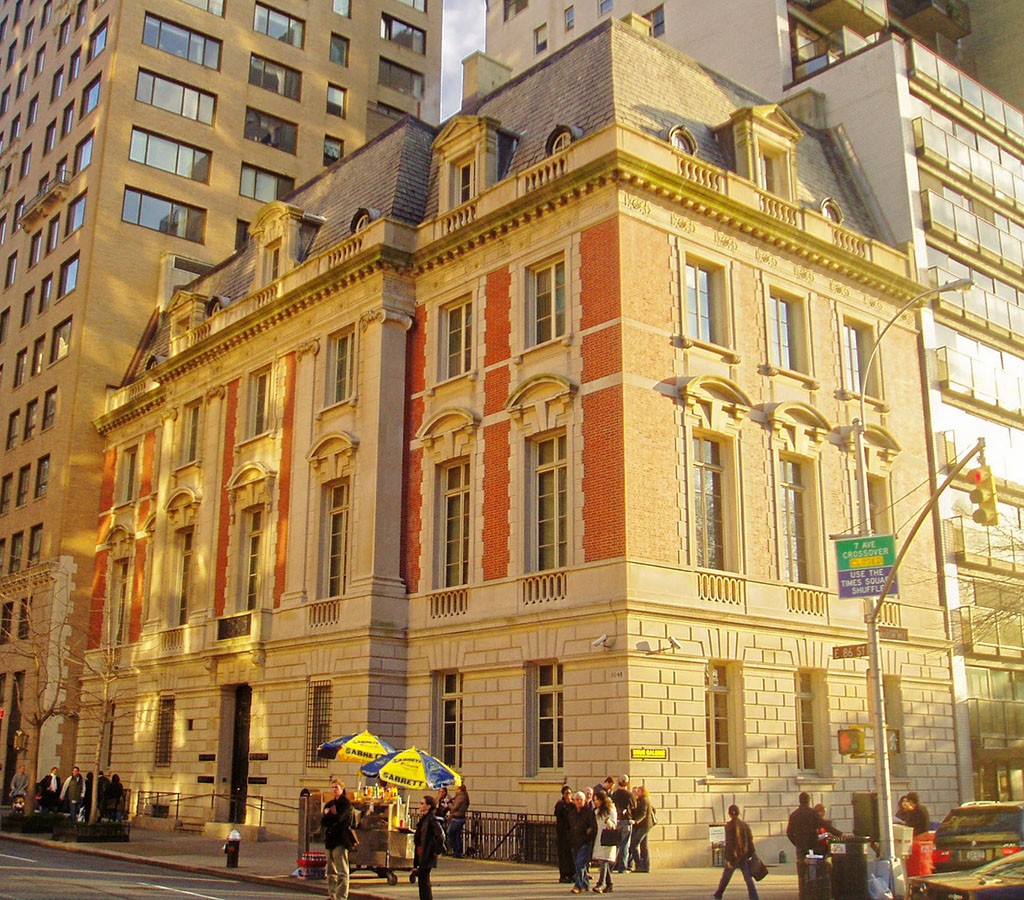
Solomon R. Guggenheim Museum
The museum continued the tradition of the Museum of Objectless Painting, the first of its kind, which Solomon Guggenheim opened in the late 1930s in a specially rented apartment in Manhattan. There visitors could see paintings by Wassily Kandinsky and his followers, in particular Rudolf Bauer and Otto Nebel, and soon there were so many that the need for a separate building became evident.
The museum was designed by the great Frank Lloyd Wright, and now the building is considered as a full representative of the collection, as well as the masterpieces in it. The architect broke all possible rules of museum space organization by starting the movement of visitors from top to bottom along the ramp, which overlooks multi-level galleries and works of art – for example, works by Amadeo Modigliani, Fernand Leger, Theo van Duisburg and Paul Klee.
The Guggenheim Museum is now one of the most recognizable brands in art, and also includes museums in Venice and Bilbao.
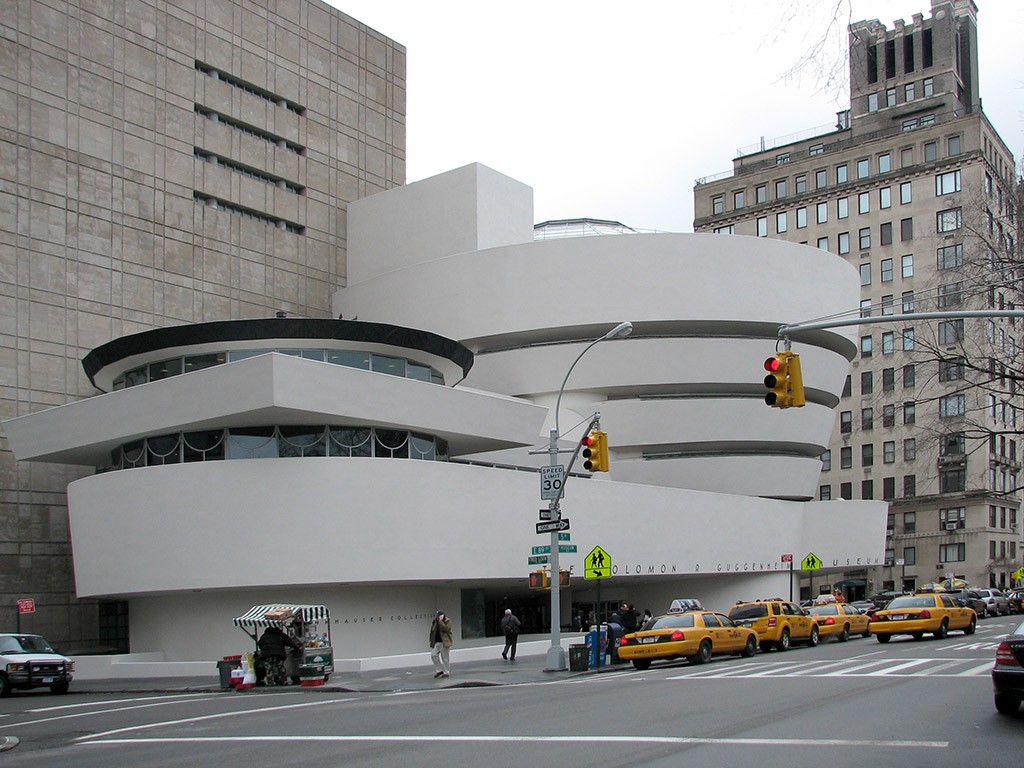
Cooper Hewitt Museum
Cooper-Hewitt Museum is one of nineteen institutions organized under the wing of the Smithsonian Institution. It specializes not only in contemporary design but also in historical design, which is understandable, given its founding back in the 1890s, similar to the Museum of Decorative Arts in Paris. Over the years, it has become more than just a training museum for future designers and decorators.
Among the main exhibits in the collection of several hundreds of items are Abraham Lincoln’s chair, items from Fontainebleau, and even a Soviet agitator. There was also a Rolls-Royce by The Beatles, but the museum decided to sell it and raised over $2 million for development.
The Design Museum moved several times and opened not so long ago after renovation in the mansion of entrepreneur and philanthropist Andrew Carnegie on 5th Avenue. Now it is equipped with all kinds of multimedia innovations, including a magic pen with which you can make your own selection of exhibits and learn everything about them, as well as an immersive room on the walls of which you can “stick” any wallpaper from the museum collection. Temporary exhibitions are also held here, which can be associated with a particular piece of furniture, a direction in design, or a person.
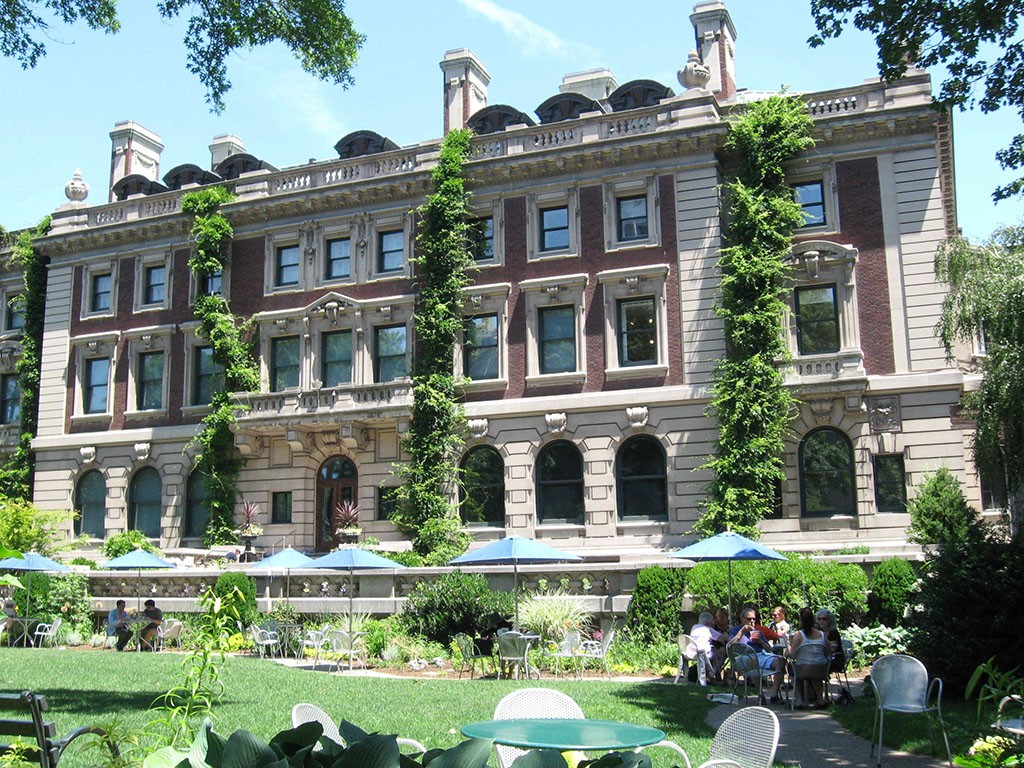
Whitney Museum of American Art
The museum’s founder and rich heir, Gertrude Vanderbilt Whitney, became fond of art after visiting Europe in the very early 20th century. She even started taking sculpting lessons, not from anyone, but from Auguste Rodin himself and even became a rather successful sculptor, whose works are installed in the United States and Europe. But most of all, she became famous as a patron of arts, helping artists. Actually, the museum, to whom Gloria gave seven hundred works from her collection, grew out of the exhibition hall for beginners American authors. Since then, the collection has increased tenfold – now it is stored and displayed more than twenty-three thousand works of art of three thousand American artists. Among them are unconditional stars such as Mark Rothko, Alexander Calder, Cindy Sherman, and Marina Abramovich, as well as those who still prove the right to be mentioned in the history of art.
Not so long ago the Whitney Museum moved to a new building designed by Renzo Piano in the Meatpacking district of Manhattan, and the former was occupied by the Metropolitan Museum.
In addition to temporary exhibitions, the Whitney Biennale is held every two years, where you can see the most progressive American art.
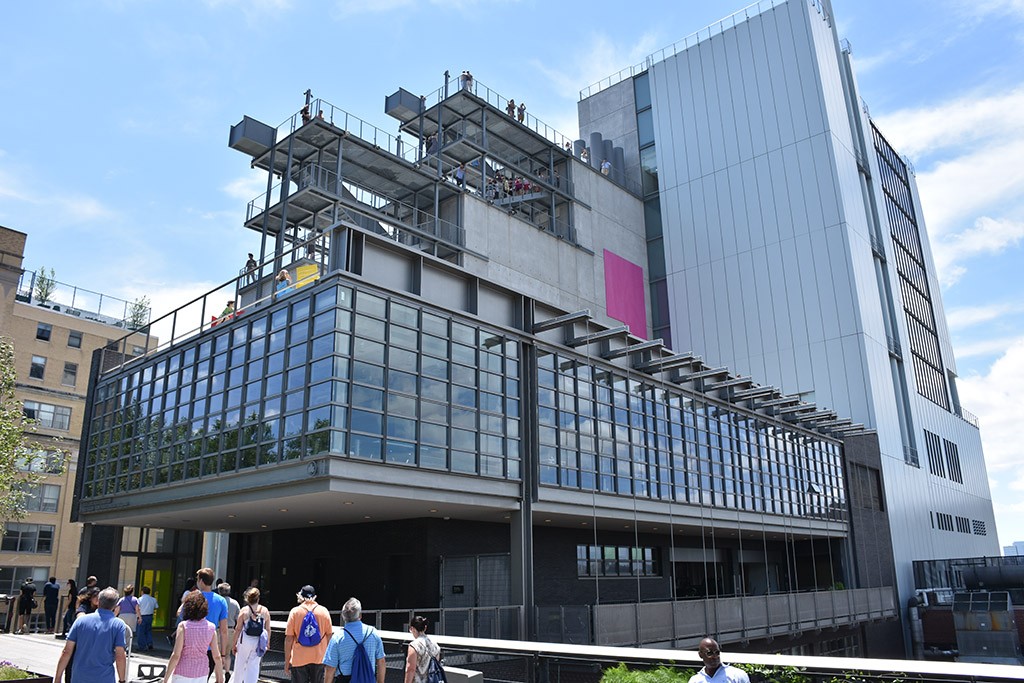
Frick Collection
Entrepreneur Henry Clay Frick (1849-1919) collected one of the most outstanding collections of old masters in the world, which without exaggeration has almost everything, including works by Bellini, Raphael, Rembrandt, Vermeer, and Goya. In addition to paintings, the neoclassical mansion on 5th Avenue features an extensive collection of decorative arts and European sculpture. This museum is worth visiting at least because the works from its collection can be seen only here, as they are not issued for temporary projects. And special exhibitions, concerts, and educational programs contribute to the full immersion in the atmosphere of European art’s heyday. In addition, the museum is still actively buying the masterpieces of painting: for example, fantastic Danaia, sprinkled with a golden rain, brushes by Orazio Gentileschi, the institute acquired in 2016 for $ 30.5 million.
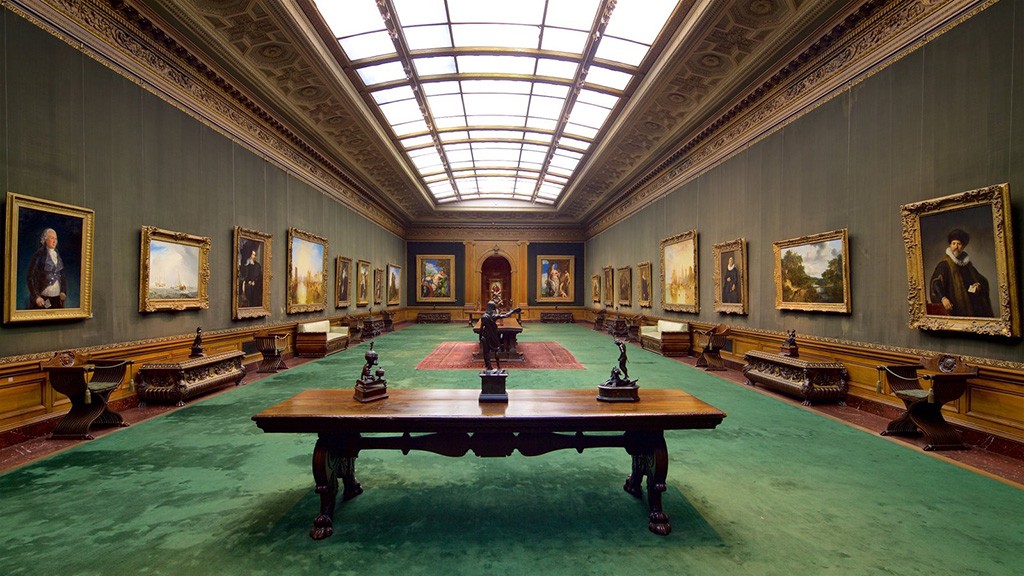
New Museum
In New York, there are many venues where relevant artistic practices are practiced, but New Museum in this sense, perhaps, is superior to all. Firstly, the museum, which was founded in 1977 by the former curator of the Whitney Museum Marcia Tucker, declared a radical approach – every ten years the collection had to be completely renewed, and only living artists could exhibit here. This plan was never meant to be realized, but it still gives way to the young, which requires a lot of effort from the management to raise funds to support the unknown art. But this is where the first exhibitions of William Kentridge and Paul McCarthy were held before they became widely known. The museum building in the Bauery district, designed by Kazuo Sejima and Rue Nishizawa of the SANAA bureau, deserves special mention. It is reminiscent of a children’s pyramid of stacked cubes, which shimmer and shimmer, an effect created by an anodized aluminum grid that tightens the structure.
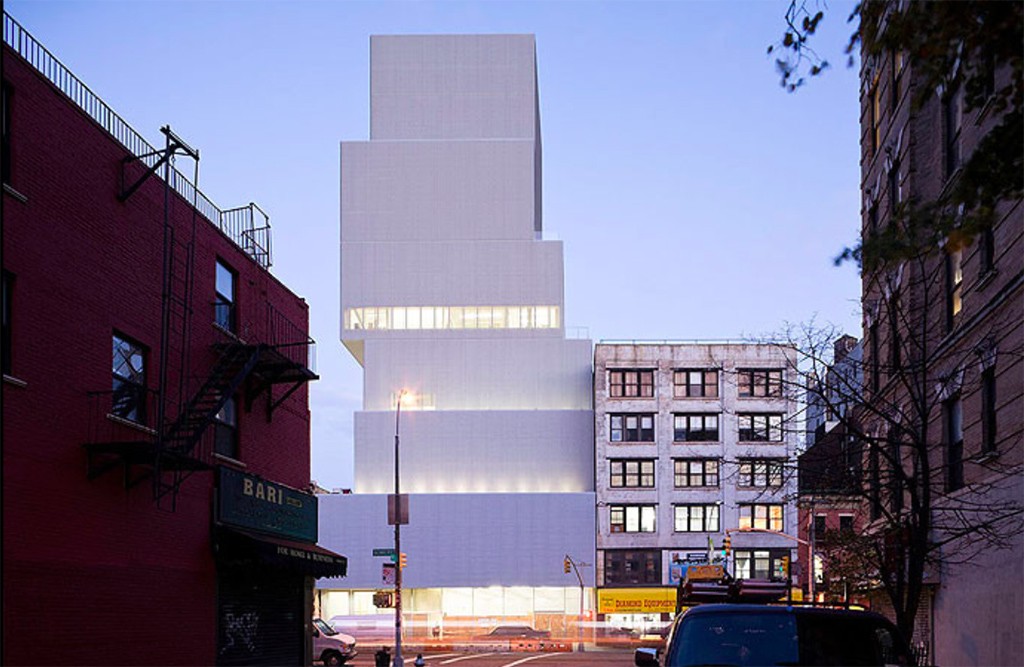
Museum of Arts and Design (MAD)
Unlike the Cooper-Hewitt Museum, it has a collection of international contemporary design since the 1950s. Actually, at that time, the museum was founded on the initiative of Eileen Osborne Webb, the daughter of the collector and philanthropist. All MAD exhibition projects are inspired by innovative ideas from around the world. Special attention is paid here to education – seminars, theoretical and practical classes are held for students and adult listeners, as well as families.
As is the tradition of all dynamic institutions with expanding collections, this museum changed names and locations until it finally moved into a building designed by Brad Cloephil of Allied Works Architecture almost ten years ago.
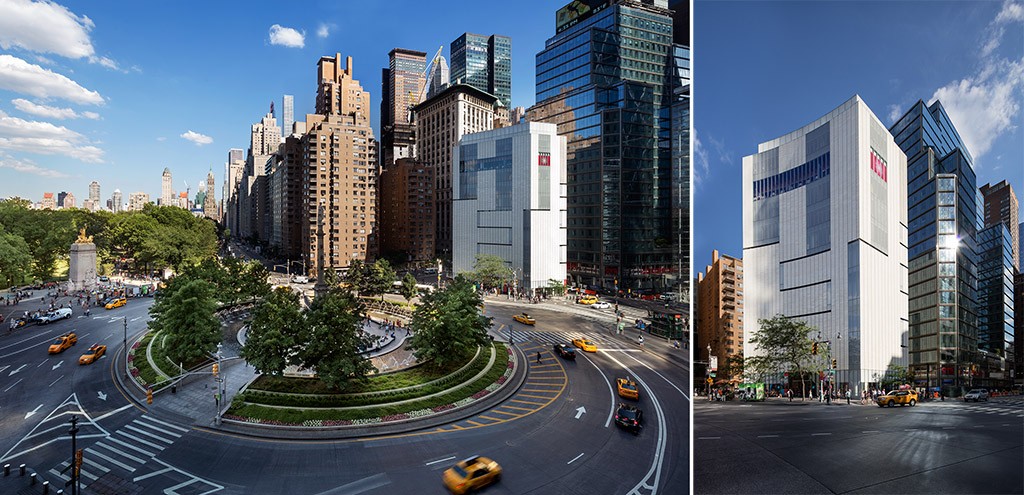
Courtesy Museum of Arts and Design
Castelli Gallery
The financier and collector Leo Castelli, who emigrated to the United States soon after the beginning of World War II and later became a gallery owner, contributed in no small part to the fact that American post-war art not only appeared, but also became known and recognized throughout the world. The point of reference is considered 1964, when the “Golden Lion” of the Venice Biennale was awarded to the artist from his gallery Robert Rauschenberg. And six years before that, the Castelli Gallery, shortly after its opening, hosted the very first exhibition of today’s classics by Jasper Jones, followed by Cy Twombly, Frank Stella, Roy Lichtenstein, Andy Warhol and many others, making this place a center for conceptual art, minimalism and pop art.
Now the Leo Castelli Gallery with two spaces in New York is run by his wife, Barbara Bertozzi Castelli. To this day, exhibitions of post-war art are still held here, but they are made with a critical approach, adding works of contemporary authors.
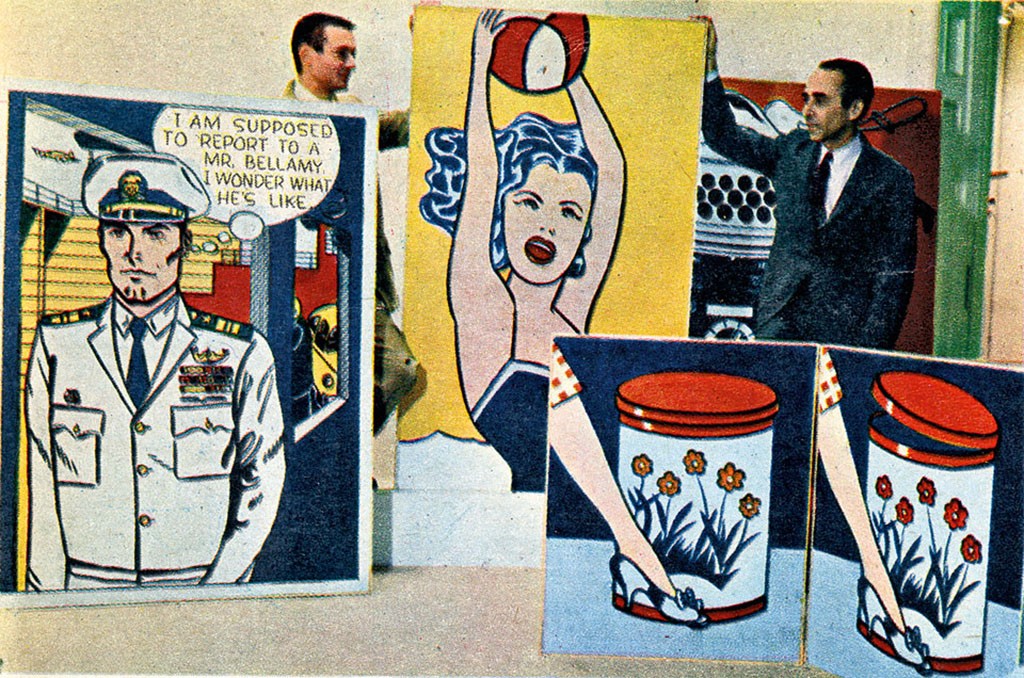
Archive photo of Leo Castelli (right) in his gallery with paintings by Roy Lichtenstein.
Gagosian Gallery
Willfully, critics compare two pillars of gallery business – Leo Castelli and Larry Gagosyan, whose influence on the modern art process is difficult to overestimate. The latter called his first teacher and said that he understood a lot because he was just watching Castelli’s work. Some famous names, such as Warhol and Twombly, are the same at the galleries. But Gagosyan’s gallery represents the interests of dozens of artists, including famous and still working ones – Anish Kapoor, Jeff Koons and others, actively participating in world exhibitions and fairs. Gagosyan now has eighteen representative offices in the U.S., Europe and Asia and has a reputation as the number one art dealer in the world. He also had plans for Moscow, which, however, was not destined to come true because of the global crisis in 2008 – in its peak at the “Red October” just held a vernissage with the participation of many famous artists from the gallery pool and stars of the world show business.
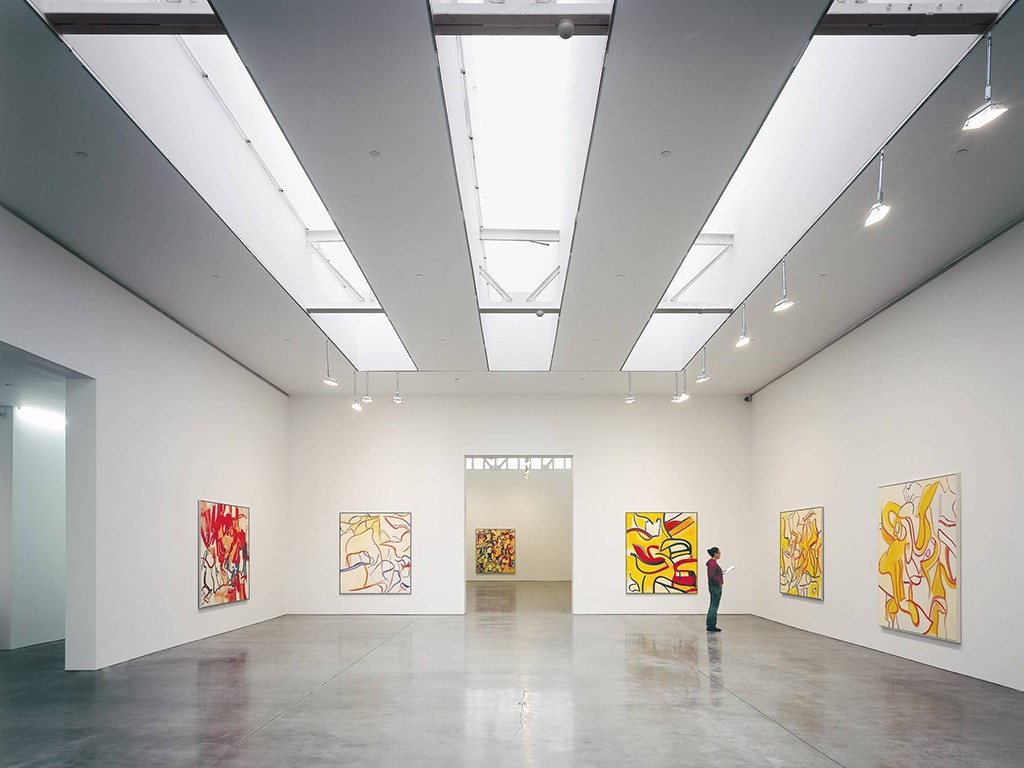
The FLAG Art Foundation
Co-founder of MSD Capital Investment Company, L.P. Glenn Furman opened The FLAG Art Foundation in 2008 in Chelsea’s bohemian district, a site that shows the widest audience that contemporary art can be understood by anyone, even the most untrained viewer. For this purpose, it shows four to six exhibitions a year of internationally renowned artists and beginners. Large-scale projects of Roy Lichtenstein, Chuck Close, Jeff Koons, art duo Elmgrin and Dragset have already been held here. All FLAG programs – conversations with artists, workshops and so on – are open and available to the public absolutely free of charge.
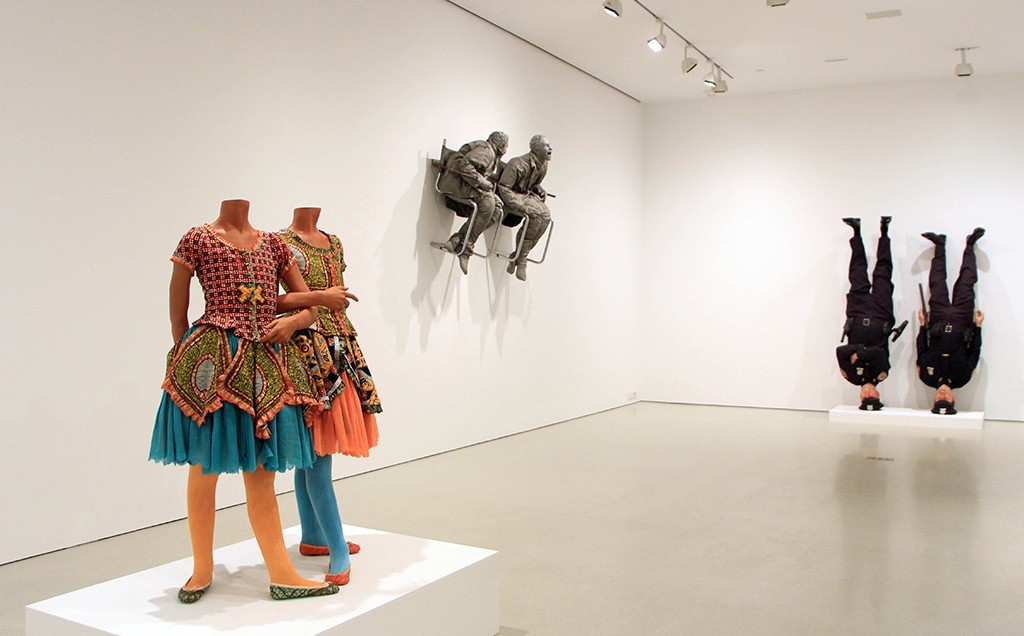
Museum of the Moving Image
While the world is thinking about how best to exhibit and store a variety of films and video installations, America already has a Moving Image Museum, specializing in film, television, and computer games. It is located on the territory of the former Kaufman-Astoria Studio, where the early movies of the Marx Brothers, authors of black and white comedies, were created, in which somebody falls or someone gets a cake in the face. The museum’s collection contains one hundred and thirty thousand artifacts, more than a thousand of which are footage from famous films and the equipment by which they were shot, as well as sketches, costumes, makeup options, and posters, presented in the permanent exhibition “Behind the Screen. Besides, there is a cinema hall, where the novelties of film distribution are demonstrated.
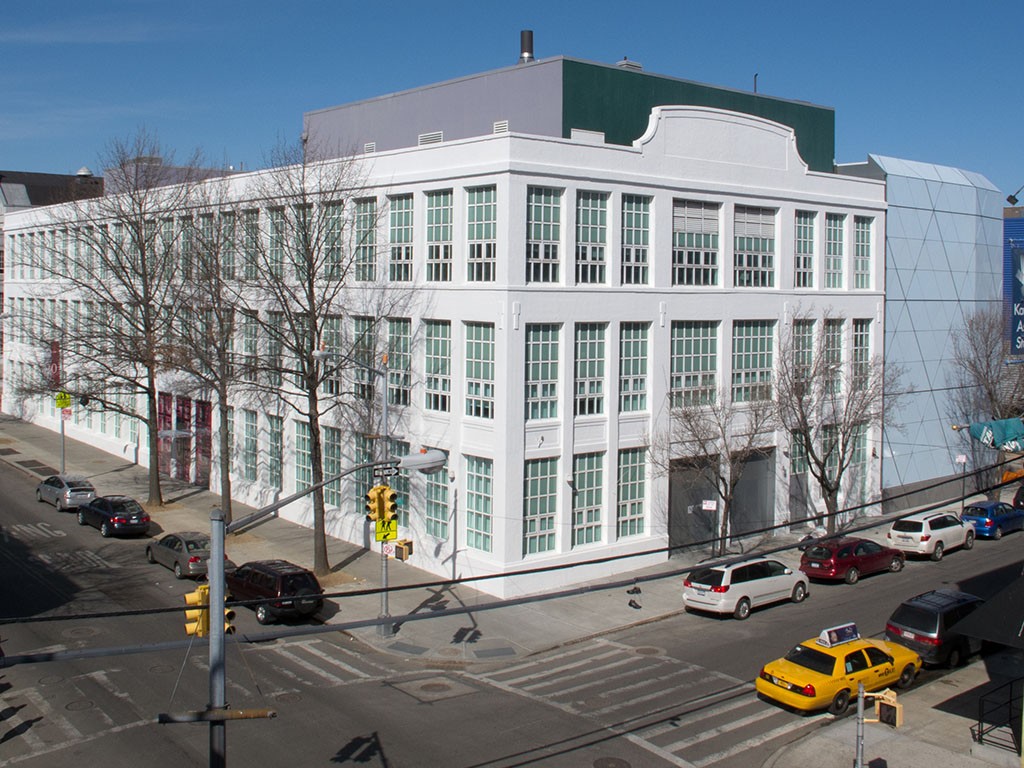
Morgan Library & Museum
It is worth getting here at least to see the luxurious interiors in the Italian Renaissance style – from this period the founder of the library, banker John Pierponte Morgan began to collect books and manuscripts. At first the library was built for personal use near his home in Manhattan, and in 1924 it was opened to the public. Among the most valuable items are the manuscript Bible, which belonged to Louis the Saint, New Testament papyruses, Albrecht Dürer’s engraving Adam and Eve, and the largest collection of Flemish painter Hans Memling in the United States. In the 2000s the building was rebuilt according to the project of Renzo Piano and now there are regularly held temporary exhibitions, where you can see, for example, that decorated with gold and precious stones medieval editions, and drawings of Mantegna, Canaletto, Rembrandt and artists of the twentieth century.
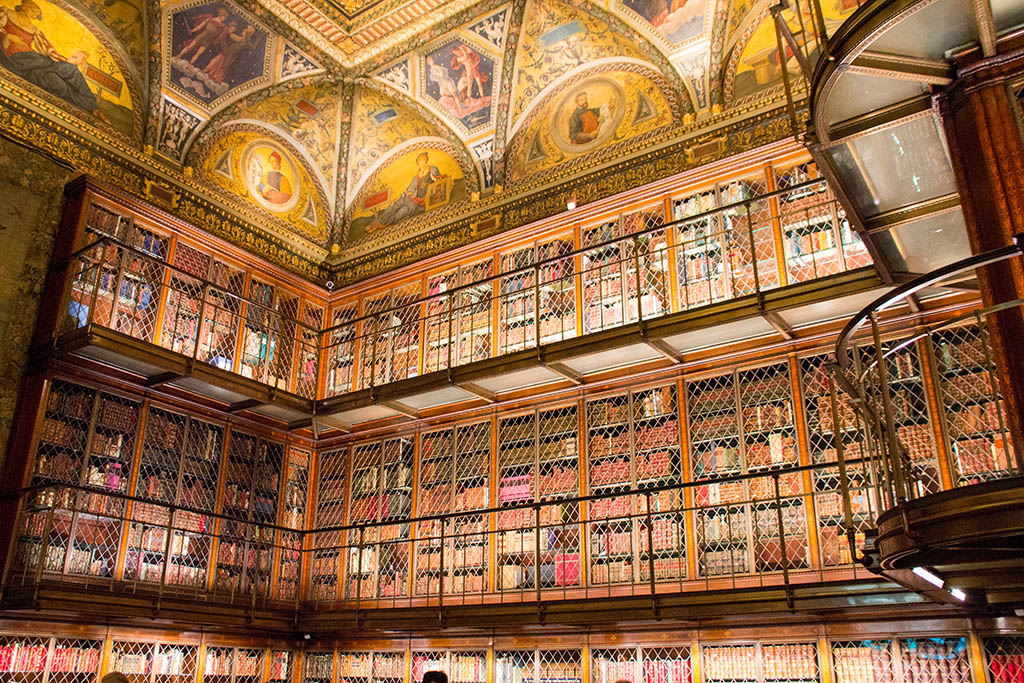
International Center of Photography Museum
Cornell Capa, photographer of Life magazine and member of Magnum Photo, founded the International Center of Photography in the early 1970s with the romantic idea of changing the world for the better – this was to be promoted by social and political photography, which began to collect and show here. Now the mission of the Bowery-based organization is seen somewhat broader – namely, the role of photography, video and new media in public processes. However, all this is not boring here – exhibitions, despite their documentary nature, are always very spectacular, there is also a school, which annually produces three and a half thousand people, a library and an archive.
